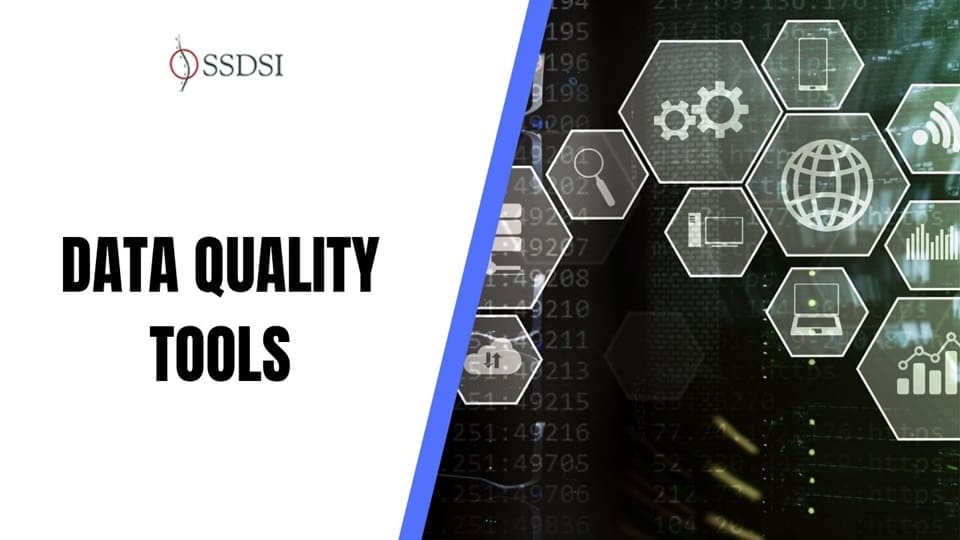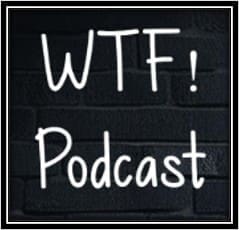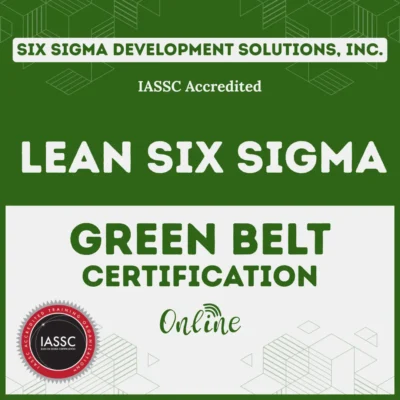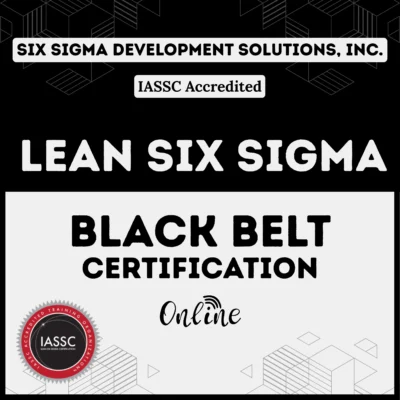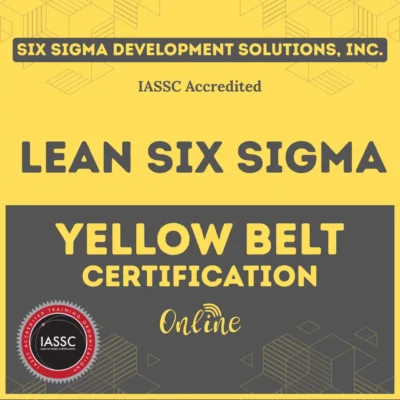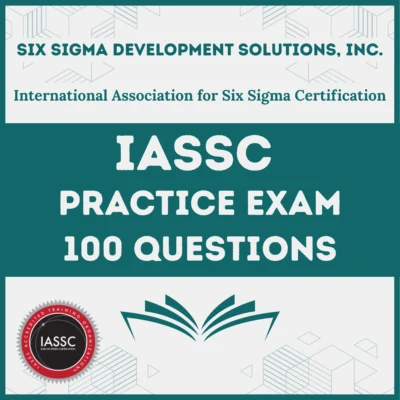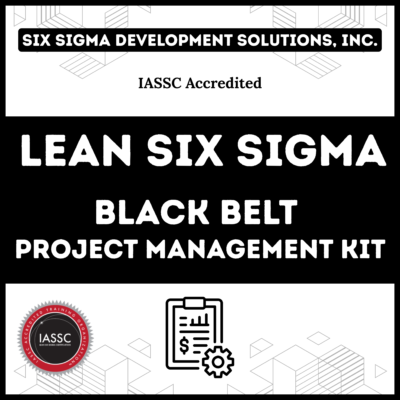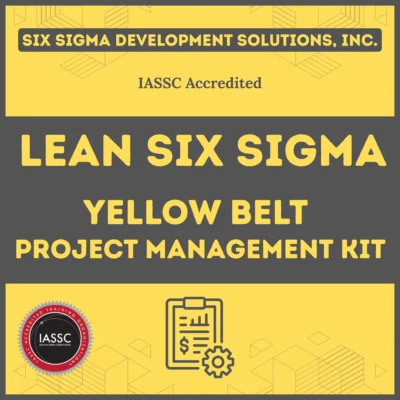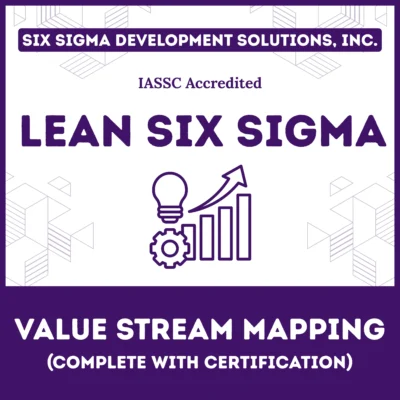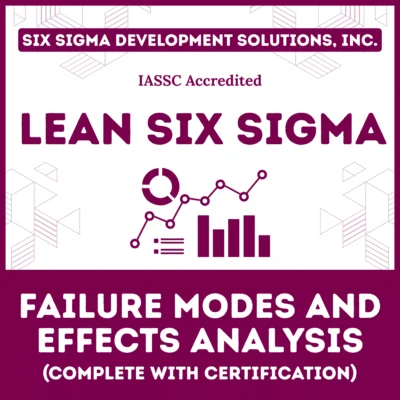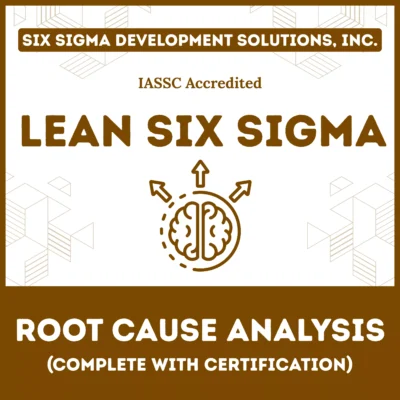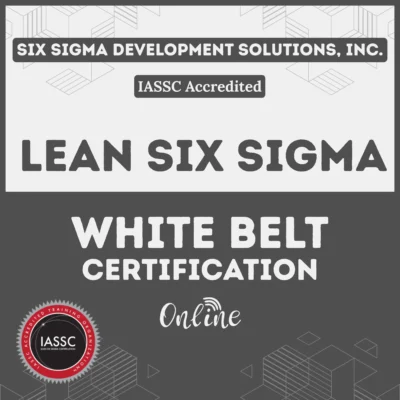Data drives every modern business. You make decisions based on it, build strategies around it, and even trust AI models with it. But what happens when that data hides errors? Bad data costs companies billions each year in lost revenue and poor choices. Enter data quality tools—these powerful solutions clean, check, and monitor your information to keep it reliable.
The data quality tools market hits $2.78 billion and grows at 17.93% CAGR through 2030. Businesses face exploding data volumes from AI, cloud sources, and real-time streams. Without strong data quality management software, you risk compliance fines, faulty analytics, and frustrated teams.
This guide dives deep into data quality tools. We explore what they do, spotlight the best data quality software, and share tips to pick the right one. By the end, you’ll know how to transform messy data into a trusted asset.
Table of contents
What Are Data Quality Tools?
Data quality tools are software platforms that assess, improve, and maintain your data’s health. They go beyond basic spreadsheets. These tools spot issues like duplicates, missing values, or inconsistent formats. Then, they fix them automatically or guide you through the process.
Think of them as your data’s personal trainer. They profile your information to reveal patterns, validate it against rules, and monitor it for drifts. Core features include data cleansing, standardization, and enrichment. For instance, a data quality check might flag invalid emails in your customer list, while automated data quality checks run nightly to catch new problems.
Why use them? High-quality data boosts decision-making. It powers accurate AI predictions and smooths customer experiences. In finance, financial data quality software ensures regulatory compliance. In marketing, HubSpot data quality features prevent outreach to outdated leads. Overall, these tools cut costs—IBM estimates poor data drains 30% of revenue. They make data work for you, not against you.
Key Features of Top Data Quality Solutions
Great data quality solutions pack essential features. First, data profiling scans datasets to uncover structures, anomalies, and stats. It answers: What’s in my data? Open source data profiling tools like Great Expectations excel here.
Next, cleansing and standardization fix errors. Data standardization tools unify formats—think converting “Jan 1, 2025” to “2025-01-01” everywhere. Matching detects duplicates, merging them without losing insights.
Monitoring data quality comes via dashboards and alerts. Quality monitoring tools track metrics in real-time, flagging drops in completeness or timeliness. Augmented data quality adds AI smarts: machine learning suggests rules or predicts issues.
Finally, integration matters. Top tools connect to ETL pipelines, CRMs like HubSpot data management, or warehouses like Snowflake. Data quality as a service (DQaaS) delivers these via cloud, scaling effortlessly. Look for governance ties too—link quality scores to policies for full data quality management solutions.
These features ensure your data stays accurate, complete, timely, consistent, valid, and unique—the six pillars of quality.
Public, Onsite, Virtual, and Online Six Sigma Certification Training!
- We are accredited by the IASSC.
- Live Public Training at 52 Sites.
- Live Virtual Training.
- Onsite Training (at your organization).
- Interactive Online (self-paced) training,
Gartner Magic Quadrant for Augmented Data Quality Solutions
Gartner’s annual report shapes vendor choices. In 2025, it evaluates 12 providers on vision and execution. Leaders dominate with AI-driven innovation and market strength.
Qlik earns Leader status for the sixth time. Its Talend integration shines in automated profiling and cloud scalability. Informatica leads for the 17th year, excelling in enterprise matching and compliance. Ataccama claims Leader for the fourth straight year, blending quality with governance via ONE AI engine.
IBM holds strong as a Leader, praised for robust lineage and hybrid support. Visionaries like Irion push boundaries with DAISY AI for anomaly detection. Challengers focus on niches, while Niche Players offer specialized tools.
The report stresses AI’s role—tools must automate rules and handle streaming data. It helps you compare data quality vendors, spotting trends like graph analytics for relationships. Download it for full insights; it simplifies picking from crowded options.
Also Read: Craft a Winning Quality Policy
Best Data Quality Tools
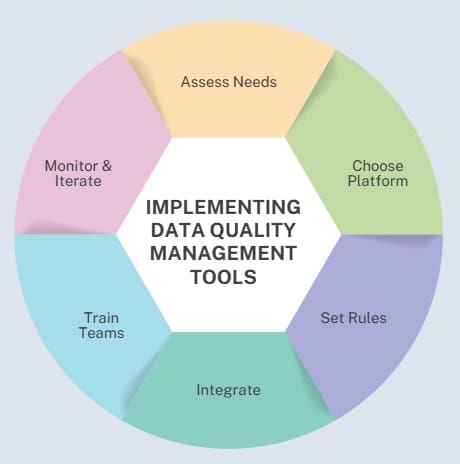
Choosing the best data quality software? We reviewed user ratings, features, and market fit. Here’s our curated list of top performers.
1. Informatica Cloud Data Quality: Enterprise Powerhouse
Informatica leads with seamless integration and AI-powered cleansing. It profiles massive datasets, standardizes globally, and monitors in real-time. Users love its scalability for big data—G2 scores it 8.9/10 for meeting needs. Ideal for finance or retail needing compliance. Pricing starts enterprise-level; expect custom quotes.
2. Collibra Data Quality: Governance-First Approach
Collibra DQ ties quality to catalogs and policies. Its AI rule builder turns plain English into checks, reducing manual work. Features include anomaly detection and ownership dashboards. Gartner notes its metadata graph for visibility. Collibra cost? Starts at $20,000 annually, scaling with users—premium but feature-rich. Best for regulated industries like healthcare.
3. IBM InfoSphere: Holistic Reliability
IBM data quality handles profiling, matching, and lineage end-to-end. It cleanses across hybrid environments, with strong governance ties. Reviewers praise its stability: “Reliable for complex pipelines.” Suits large enterprises; integrates with Watson for AI boosts. Pricing is quote-based, often $50K+ yearly.
4. Qlik Data Quality: Analytics-Ready
Qlik combines quality with visualization. Automated checks and enrichment feed directly into BI dashboards. As a 2025 Leader, it excels in real-time monitoring. G2 users rate support 8.5/10. Great for marketing teams; affordable at mid-tier pricing.
5. Talend Data Quality: Open Integration
Talend offers open-source roots with enterprise polish. It automates ETL checks and supports cloud/on-prem. Strong in data quality testing tools like schema validation. Users highlight ease: 4.3/5 on Gartner Peer Insights. Budget-friendly for SMEs.
6. Ataccama ONE: AI-Driven Unity
Ataccama unifies quality, governance, and MDM. Its AI engine predicts issues; dashboards show scores by domain. Fourth-time Leader in Gartner. Perfect for manufacturers; pricing competitive for mid-market.
7. HubSpot Operations Hub: CRM Simplicity
For marketers, HubSpot data quality shines in deduping and enrichment. AI merges records automatically, pulling from emails and notes. It prevents issues proactively—no more bad outreach. Included in CRM plans; starts free, upgrades from $20/month.
These picks balance power, ease, and cost. For open source? Jump to our dedicated section.
Data Quality Tools Comparison
How do they stack up? We compared key players on features, pricing, and strengths. Use this table to find your fit.
| Tool | Profiling | Automation | Integration | Pricing (Annual) | Best For |
| Informatica | Excellent | High AI | Broad ETL | Custom ($100K+) | Enterprises |
| Collibra | Strong | Rule Builder | Governance | $20K+ | Regulated Sectors |
| IBM | Robust | Lineage Focus | Hybrid | Quote ($50K+) | Large Orgs |
| Qlik | Good | Real-Time | BI Tools | Mid-Tier | Analytics Teams |
| Talend | Solid | Open Source | Cloud/On-Prem | $10K+ | SMEs |
| Ataccama | AI-Powered | Unified | MDM | Competitive | Manufacturers |
| HubSpot | Basic | AI Merge | CRM | $240+ | Marketers |
Also Read: Continuous Quality Improvement (CQI) in Healthcare
Open Source Data Quality Tools
Budget tight? Open source data quality tools deliver pro features without the bill. In 2025, they thrive in modern stacks like dbt and Airflow.
Great Expectations tops lists. This Python library sets “expectations” for data—e.g., no nulls in revenue columns. It integrates with warehouses, generates docs, and alerts on failures. Used by ING and Heineken; easy for devs.
Soda Core uses YAML for checks, focusing on pipelines. Add SodaGPT for AI rule suggestions. Free core; cloud add-ons optional.
Deequ (Apache) suits Spark users, profiling at scale. DQOps adds monitoring; Datafold diffs changes. Apache Griffin handles batch/streaming.
Pros: Customizable, community-backed. Cons: Setup time. Start with Great Expectations for quick wins—install in minutes.
Implementing Data Quality Management Tools
Ready to deploy? Follow these steps for smooth rollout.
- Assess Needs: Audit current data. Identify pain points like duplicates (use data quality assessment tools).
- Choose Platform: Match to scale—cloud for flexibility, on-prem for security.
- Set Rules: Define checks. Automated data quality management shines here; start simple.
- Integrate: Link to sources. Test with small datasets.
- Train Teams: Workshops build buy-in. Assign stewards for ownership.
- Monitor & Iterate: Use dashboards. Review quarterly.
Data quality automation saves time—expect 50% faster pipelines. Track ROI via error reduction.
Case Studies
Success stories inspire. A retail giant used Informatica to cleanse 10M customer records, boosting campaign ROI 25%. Collibra helped a bank achieve GDPR compliance, cutting audit time in half.
IBM powered a healthcare firm’s data quality program, improving patient matching accuracy to 99%. HubSpot’s tools deduped leads for a SaaS, lifting conversions 15%. These show: Quality tools deliver measurable gains.
Final Words
Data quality tools turn chaos into clarity. From Gartner’s Leaders like Informatica and Collibra to open source gems like Great Expectations, options abound. The market surges because quality isn’t optional—it’s essential for AI, compliance, and growth.
Pick tools that fit your stack, automate ruthlessly, and measure progress. Start small: Profile one dataset this week. Your business will thank you with sharper insights and fewer headaches.
FAQs on Data Quality Tools
What are data quality tools?
Data quality tools are software that profile, cleanse, monitor, and enrich data to ensure accuracy and reliability. They prevent errors in analytics and decisions.
What is the best data quality software in 2025?
Informatica and Collibra top lists for enterprises, per Gartner. For affordability, try Talend or open source like Great Expectations.
How much does Collibra cost?
Collibra starts at $20,000 annually, scaling with features and users. Contact for custom quotes.
What are open source data quality tools?
Free options like Great Expectations, Soda Core, and Deequ offer profiling and checks. Ideal for devs building custom pipelines.
Why use data quality monitoring tools?
They catch issues early, like schema drifts, ensuring real-time trust. Automation reduces manual fixes by 70%.

About Six Sigma Development Solutions, Inc.
Six Sigma Development Solutions, Inc. offers onsite, public, and virtual Lean Six Sigma certification training. We are an Accredited Training Organization by the IASSC (International Association of Six Sigma Certification). We offer Lean Six Sigma Green Belt, Black Belt, and Yellow Belt, as well as LEAN certifications.
Book a Call and Let us know how we can help meet your training needs.

